To tell if a chainsaw bar is bent, you should first inspect the saw for any visible signs of damage. Look at the sides and bottom of the bar to see if there are any dents or bends in it. If there are, this indicates that it may be bent.
You should also check to see if the edges of the cutting teeth appear to be unevenly cut or have an unusual shape, which could indicate a bend in the bar as well. Additionally, run your fingers along both sides of the bar while feeling for any irregularities; these could be another indication that it’s bent.
Finally, try moving your hand up and down along one side of the chainsaw; if you feel a slight wobble as you move your hand then this is likely due to a bend in its bar too.
- Visually Inspect the Chain Saw Bar: Carefully examine the bar to see if there is a noticeable bend or deformity.
- Check both sides of the bar and look for any curves or bends that are not aligned with the rest of the metal.
- If you notice any, then it’s likely that your chainsaw bar is bent and needs to be replaced
- Feel Along The Length Of The Bar: Run your hands along both sides of the chainsaw bar from one end to another.
- You should feel for any bumps, ridges, or dents on either side as these can indicate a bend in your chainsaw bar even if it doesn’t look obviously warped when viewed head-on.
- Put On Protective Gear And Start Up Your Chainsaw: Before starting up your saw make sure you put on all necessary protective gear such as gloves and eye protection as well as earplugs because running an unbalanced saw can produce excessive noise levels dangerous to hearing health.
- Then start up your chainsaw while keeping a firm grip on it so you won’t lose control due to vibrational forces caused by an unevenly balanced blade rotating at high speeds.
- Listen For Unusual Noises From Your Chainsaw: As soon as you turn on your chainsaw listen carefully for any rattling noises coming from within its body which could signify an imbalance in the engine resulting from a bent chain saw bar.
- Such vibrations can cause further damage if left unchecked so shut off immediately and inspect more closely when this occurs.
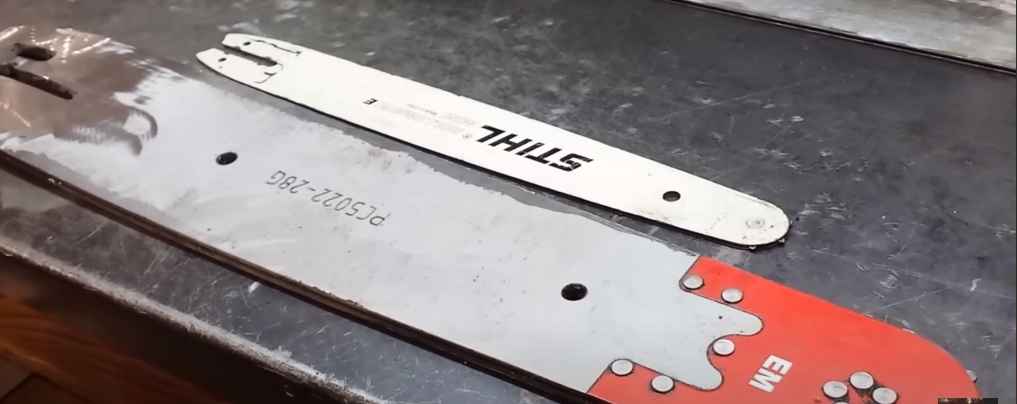
How Do I Know If I Need a New Bar for My Chainsaw?
When it comes to determining whether or not you need a new bar for your chainsaw, there are several things to consider. Firstly, check the condition of the chain. If it is excessively worn and damaged, then replacing the entire bar might be necessary as this can affect its performance and safety.
Secondly, inspect the bar itself for signs of wear such as bends or dents, which could reduce cutting power and efficiency if ignored. Finally, take into account how often you use your saw; if it’s regularly used in demanding conditions, then opting for a thicker gauge bar with improved strength may be beneficial over time.
Ultimately, though, when deciding on whether to replace your chainsaw’s bar – always remember that investing in quality components will ensure maximum longevity and performance from your machine; so don’t skimp on cost!
Why Does My Chain Saw Cut Crooked?
Using a chain saw to cut through wood is a common task for many people, especially those who work in the lumber industry. However, sometimes it can be difficult to get the cut just right and your saw may end up cutting crookedly.
There are several possible reasons why this could happen, such as blunt or damaged blades, uneven tensioning of the chain, incorrect sharpening angles or even operating technique.
Blunt blades will cause you to have to push harder than usual when cutting, which can lead to an uneven cut, while damage from hitting nails or rocks will cause the blade teeth not only become blunted but also bent, so they cannot make an even cut anymore.
The tension on the chain should be tight enough that there is no slack when running but not too tight so that it causes excessive wear on components and makes it hard to pull back after each stroke; if either of these conditions is present then this may contribute towards a crooked cut.
Additionally, making sure that all blade teeth are consistently sharpened at correct angles (each tooth should form its own straight line) ensures their ability to properly bite into the wood during use.
Finally, operator technique plays a role too – guiding with light pressure against both sides of the guide bar helps keep it stable, whilst pushing firmly downwards allows for smooth cuts without vibrations which can affect accuracy.
Therefore, by checking all components regularly and being aware of any potential problems along with using proper techniques every time when using your chainsaw, you should be able to help ensure that you get accurate clean cuts every time!
How Often Do You Flip the Bar on a Chainsaw?
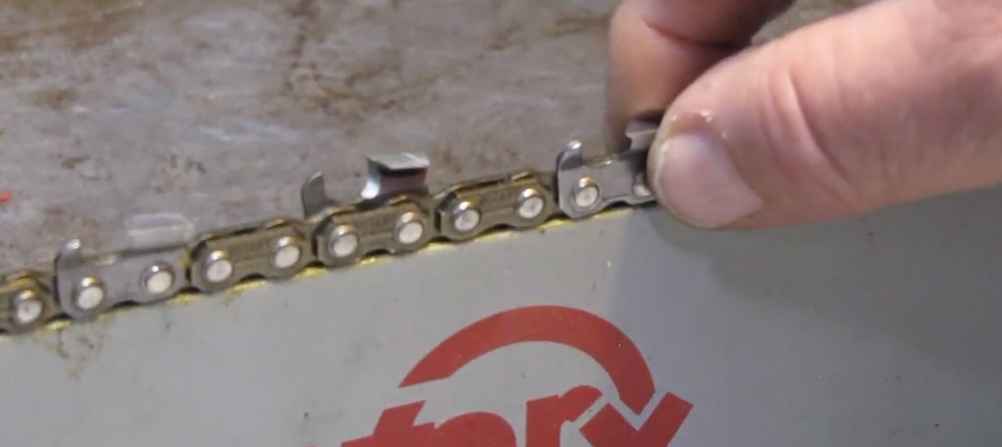
When it comes to flipping the bar on a chainsaw, it is important to know how often you should be doing this. It can vary depending on how much you are using your chainsaw and what type of wood you are cutting. Generally speaking, if you are cutting softwoods like pine or spruce, then flipping the bar every five hours is recommended.
However, if you’re cutting hardwoods like oak or maple, then flipping the bar may need to happen more frequently – perhaps even after every hour of use. Doing this will help keep your saw blade sharp and also prevent any potential kickback from occurring due to dull blades.
Furthermore, when flipping the bar, ensure that it is properly aligned with the drive sprocket; an improperly aligned bar can cause serious damage in some cases!
Finally, when changing out bars make sure that all safety precautions have been taken such as wearing eye and ear protection and ensuring that there is no fuel leaking from anywhere around the saw before starting operations again.
Why Do Loggers Run Chainsaw Bars Upside Down?
Loggers often run chainsaw bars upside down in order to make the job of cutting up logs easier and faster. This is because chainsaws are designed to cut through wood when running at an angle, rather than straight on.
When a saw runs with its bar facing downwards it creates a greater angle for the blade which results in more efficient and powerful cuts – something that is particularly useful for loggers dealing with larger pieces of timber.
Additionally, this orientation allows for more control over the saw as well as increased safety due to improved stability of the machine. Running a chainsaw bar upside-down also reduces stress on the operator’s arms and back by allowing them to work from an ergonomically correct position.
All these benefits combine to make logging much more efficient compared with traditional methods such as axe chopping or manual sawing.
When A Chainsaw Bar Needs To Be Replaced!
How to Tell If Chainsaw Bar is Bent Stihl?
A surefire way to tell if your Stihl chainsaw bar is bent is by inspecting it for distortion. To do this, hold the bar in front of a light source and look for any abnormalities that may suggest the bar has been bent. In particular, you should be on the lookout for bends or curves along its length as well as different sections appearing thicker or thinner than they should be.
If you detect any irregularities with your chainsaw bar, it’s important to have it replaced right away to ensure safe operation of your saw.
How to Tell If Chainsaw Bar is Bent Husqvarna
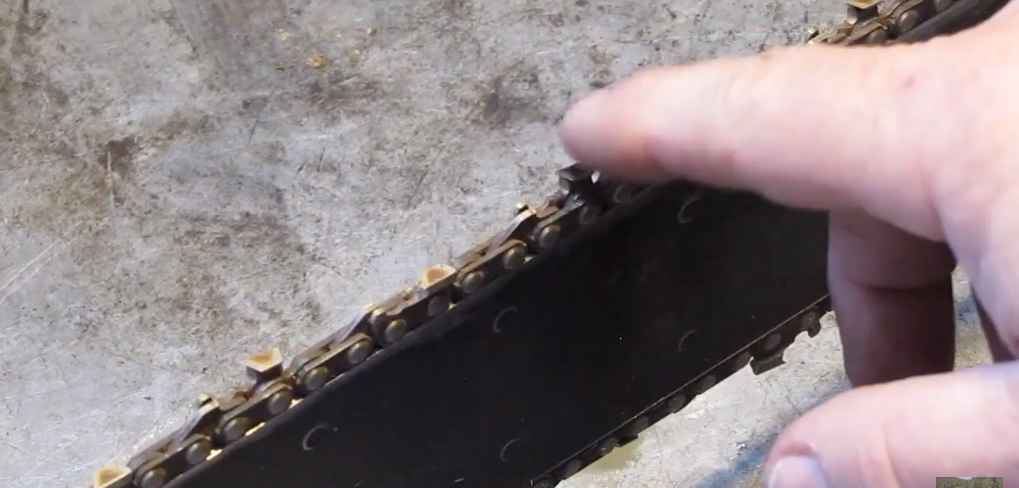
If you own a Husqvarna chainsaw, it’s important to know how to tell if the bar is bent. To do this, hold the chainsaw so that it is parallel with the ground and look for any signs of a bend or twist in the bar. If there are any visible bends or twists in the bar, then your Husqvarna chainsaw has a bent chain saw bar and needs to be replaced as soon as possible.
Symptoms of Worn Chainsaw Bar
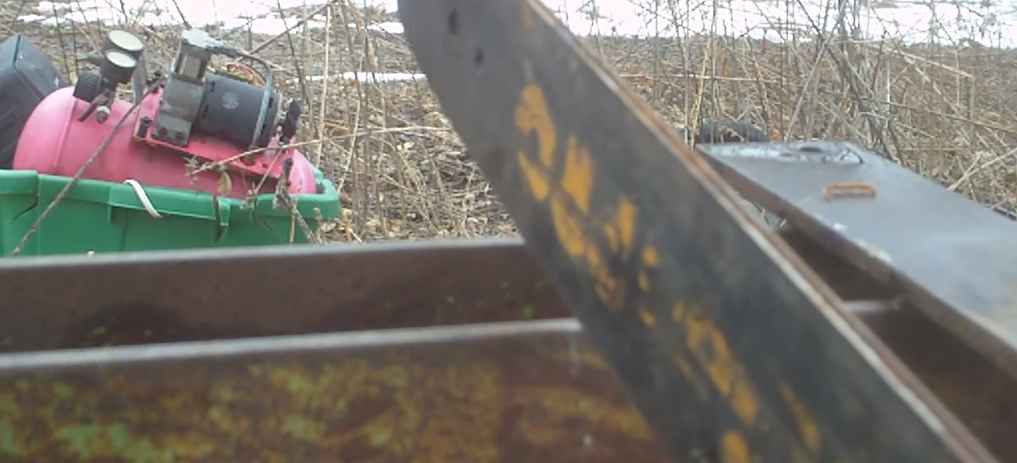
When a chainsaw bar is worn, it can cause several symptoms that indicate its need for replacement. These include an increase in vibration and noise while running the saw, difficulty cutting through materials, and visible wear on the chain links or teeth.
Additionally, if your chainsaw continues to overheat or stalls during use then this could be another sign of excessive wear on the bar.
It’s important to regularly check the condition of your chainsaw parts for safety reasons so that you don’t have to worry about any potential problems arising from their deterioration.
Chainsaw Bar Problems
Chainsaw bars are a critical component of any chainsaw, so it’s important to inspect them regularly for signs of wear and tear. Common problems with chainsaw bars include dents, cracks in the sprocket nose, loose rivets or screws, bent rails, worn drive links and teeth, damaged fuel lines or oil hoses, and more.
If you notice any of these issues with your chainsaw bar it is important to take action quickly; failure to do so can lead to dangerous operating conditions that could result in serious injury.
Bent Chainsaw Bar
A bent chainsaw bar is a specialized tool used to cut down trees in hard-to-reach places or when using a traditional saw isn’t suitable. They are made from strong and durable materials such as steel and aluminum, allowing them to withstand the intense pressure of cutting through thick tree trunks without bending or breaking. The flexibility of these bars makes them ideal for accessing tight spots, while their design also reduces kickback and vibration, making them safer than regular chainsaws when operating in difficult areas.
How to Recondition a Chainsaw Bar
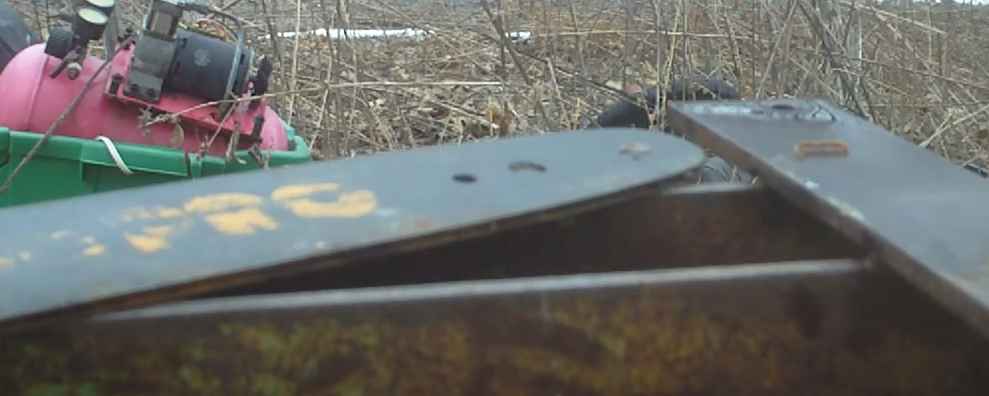
To recondition a chainsaw bar, you should first remove any debris or dirt from the chain. If necessary, use a brush to scrub away any built-up grime. Next, sharpen the chain blades with a round file and make sure all of them have an equal length.
To keep your saw in good shape, oil the bar afterwards and wipe off any excess oil with a cloth. Finally, make sure that all bolts are tightened properly before using it again.
Symptoms of Worn Chainsaw Sprocket
A worn chainsaw sprocket is a common problem for saw owners and can cause your machine to run inefficiently. Symptoms of a worn sprocket include increased vibration, excessive noise during operation, difficulty starting the engine, slow acceleration and reduced cutting power.
If you experience these symptoms it’s important to have your machine serviced as soon as possible in order to prevent further damage.
How Long Should a Chainsaw Bar Last
A chainsaw bar should last for several years if properly cared for and maintained. Regular cleaning, sharpening of the chain, and checking for wear can all help to extend the life of a chainsaw bar. Even with proper maintenance, a chainsaw bar may need replacing after 3-4 years of use depending on how much you use it and how hard you are working it.
Conclusion
In conclusion, it is possible to tell if a chainsaw bar is bent by visually inspecting the bar and blade, checking for excessive vibration during use, and using a straight edge or level. If you suspect that your chainsaw bar may be bent, contact a professional service technician who can assess the situation and repair any damage. This will ensure that your saw remains safe to use and in optimal condition for all of your tasks.